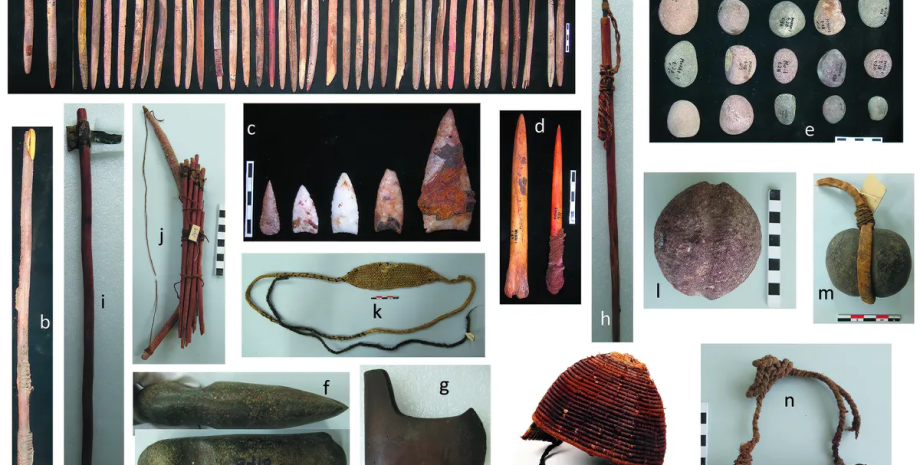
 By Victor Duda
By Victor Duda
In focus, technology appeared its Telegram channel. Subscribe not to miss the latest and most intrusive news from the world of science! Under the leadership of Vivien Standene from the University of Tarapak, Chile, the research group used a comprehensive research methodology.
Their approach covered the spheres of bioarcheology, geoarcheology and socio -cultural analysis, including elements such as rock drawings, weapons and configurations of settlements to reveal the harsh realities faced by these ancient inhabitants. The research group carefully appreciated the remains of 288 adults dating from 10,000 years ago to 1450 AD. Their purpose was to identify any signs of injuries indicating interpersonal violence.
In addition, they conducted research to detect strontium isotopes (SR), as it determined whether people belonged to local or non -local groups. At the same time, they conducted a comprehensive analysis of the weapons and images of battles contained in rock drawings. The results of this study have become a stunning revelation: "Violence was unchanged for 10,000 years, during which these groups lived without contact with the Western world.
" The research group formulated its conclusions as follows: "Traces of deadly and extinct abuse on bones and soft tissues, the use of weapons and the image of rockery art confirm that the population was conflicted with conflicts and tension, which were sometimes resolved by violent methods. " The chemical imprint of strontium (SR) in the body of the investigated persons confirmed that these conflicts and clashes occurred mainly within local groups.
Although the incidence of cruelty showed relatively stable dynamics over time, the nature of this violence underwent fluctuations. In particular, during the period of formation (1000 BC - 500 AD), there was a surge of violence with fatal consequences, which reflects the tendencies found in other studies in the Andian region. Conversely, non -lethal violence had a slight tendency to reduce throughout the chronological spectrum.
To find out this tendency to violence, researchers have proposed several plausible explanations. They suggest that the lack of centralized political structures in these societies could have caused tension, especially given their organization in smaller, closely cohesive groups. Another factor that contributed to this could be competition for limited resources in the harsh conditions of the Atacama Desert.










All rights reserved IN-Ukraine.info - 2022